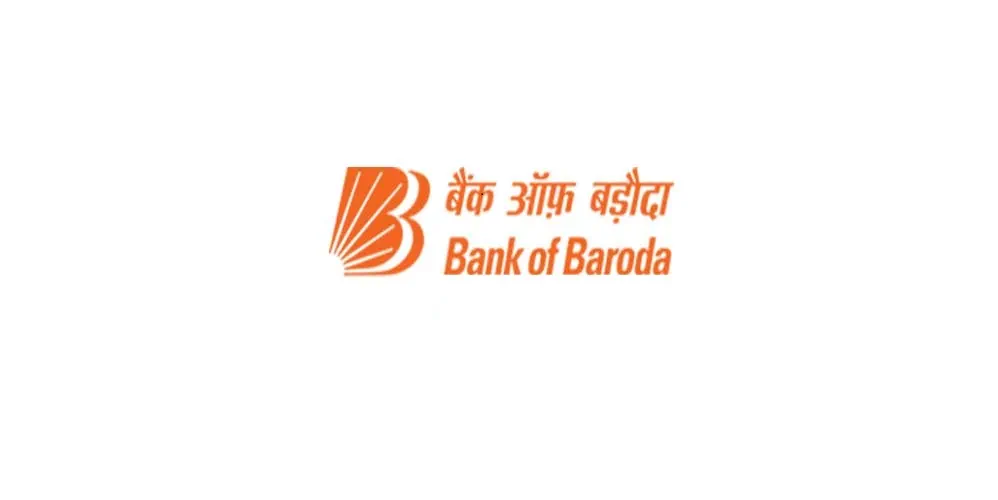
कर बचत सावधि जमा क्या है?
14 अप्रैल 2023

Table of Content
Opening a term deposit to earn interest income is an excellent way to make use of the funds lying in your bank account. But by opting for a tax saving fixed deposit, you can also earn interest income and get a tax benefit. Bank of Baroda’s Baroda Tax Saving Fixed Deposit helps you to save tax while earning income.
What Is Tax Saving Fixed Deposit (FD)?
Fixed deposit that offer tax exemption under Income Tax Act, Section 80C is the most preferred FD. The lock-in period is 5 years. Investing in this FD Scheme will offer an annual tax relief of 1.5 lakhs.
How Does a Tax Saving FD Work?
A tax-saving FD has a fixed tenure of five years. Although the interest accrued on the FD amount is taxable, one can claim a tax deduction of up to Rs. 1.5 lakh under Section 80 C of the Income Tax Act, 1961. This makes it different from other types of fixed deposits , which do not offer this tax-saving facility.
Key Features of a Tax Saving FD
- Eligibility: Only individuals and Hindu Undivided Families are allowed to open this tax saving fixed deposit. Deposits can be made in a single or joint name. As per Government of India guidelines, the Income Tax benefit is allowed to the first holder of this fixed deposit.
- Amount of deposit: The minimum amount of deposit allowed is Rs. 100 and in multiples of Rs. 100. The maximum amount in a financial year is Rs. 1,50,000.
- Tenure of deposit: The minimum lock in period for tax saving deposits is 60 months. The maximum tenure is 120 months.
- Payment of interest: Interest is compounded quarterly in a tax saving FD. Interest is credited to the accounts at the end of the quarter. This is one of the best tax saving deposits features.
- Premature closure: Premature closure of such deposits is not allowed until the maturity of the tax saving FD. This is allowed on customer’s request only after completion of 5 years at Bank’s discretion. The bank will pay interest at 1% below the tax saving FD interest rate in such cases. In case of death of depositor, premature withdrawal is allowed.
- Auto renewal: Auto renewal of such deposits is allowed, but not under tax saving deposits scheme. The deposit will be renewed as a regular term deposit for a period of 1 year.
Tax Saving FD Benefits
- Tax savings: The principal amount invested as a tax saving FD is allowed as a deduction to the first holder of the FD under Section 80C of the Income Tax Act. The maximum deduction allowed in a financial year is Rs. 1,50,000.
- No TDS if Form 15H/15G submitted: This FD is subject to TDS rules and regulations. The interest earned on this deposit is taxable. However, if your income is not liable to tax, you can submit a Form 15H/15G and the bank won’t deduct TDS on your interest.
- Beneficial rate to senior citizen: Senior citizens can get a better rate of interest on such deposits. Bank of Baroda pays 0.5% over and above the tax saving FD rates to senior citizens. This is available for deposits below Rs. 1 crore.
- Nomination facility available: It is possible to set up nomination for the tax saving FD.
- Branch transfer: The tax saving FD can be transferred from one branch to another branch at the request of the customer. This can be done by submitting a written request to the branch where the customer has the tax saving FD.
- Minor accounts for individuals: It is possible to open a tax saving fixed deposit for minors as well. These tax saving deposits can serve as important means of financial planning for them.
Facts to Remember while Investing in a Tax-Saving FD
Following are some of the facts one must remember while investing in a tax-saving FD:
- The tenure of a tax-saving FD is five years
- Loans against tax-saving FDs and premature withdrawals are not allowed in the case of tax-saving FDs.
- It can be opened only in a bank
- The minimum deposit amount of a tax-saving FD differs from bank to bank
- One can invest up to 1.5 lakhs in a tax-saving FD in a financial year
Bank of Baroda offers tax saving fixed deposits online and offline through their branches. Opening these is convenient and easy and can be done even in a matter of minutes.
Popular Articles
Related Articles



What is CVV on a Debit Card? Understanding Its Importance and Security Features


How to Update Your FASTag KYC: Step-by-Step Guide for Online & Offline Methods




The Importance of Pension Funds: Secure Your Future with Steady Retirement Income

-
डिस्क्लेमर
इस लेख/इन्फोग्राफिक/चित्र/वीडियो की सामग्री का उद्देश्य केवल सूचना से है और जरूरी नहीं कि यह बैंक ऑफ बड़ौदा के विचारों को प्रतिबिंबित करे। सामग्री प्रकृति में सामान्य हैं और यह केवल सूचना मात्र है। यह आपकी विशेष परिस्थितियों में विशिष्ट सलाह का विकल्प नहीं होगा । बैंक ऑफ बड़ौदा और/या इसके सहयोगी और इसकी सहायक कंपनियां सटीकता के संबंध में कोई प्रतिनिधित्व नहीं करती हैं; यहां निहित या अन्यथा प्रदान की गई किसी भी जानकारी की पूर्णता या विश्वसनीयता और इसके द्वारा उसी के संबंध में किसी भी दायित्व को अस्वीकार करें। जानकारी अद्यतन, पूर्णता, संशोधन, सत्यापन और संशोधन के अधीन है और यह भौतिक रूप से बदल सकती है। इसकी सूचना किसी भी क्षेत्राधिकार में किसी भी व्यक्ति द्वारा वितरण या उपयोग के लिए अभिप्रेत नहीं है, जहां ऐसा वितरण या उपयोग कानून या विनियमन के विपरीत होगा या बैंक ऑफ बड़ौदा या उसके सहयोगियों को किसी भी लाइसेंसिंग या पंजीकरण आवश्यकताओं के अधीन करेगा । उल्लिखित सामग्री और सूचना के आधार पर किसी भी वित्तीय निर्णय लेने के लिए पाठक द्वारा किए गए किसी भी प्रत्यक्ष/अप्रत्यक्ष नुकसान या देयता के लिए बैंक ऑफ बड़ौदा जिम्मेदार नहीं होगा । कोई भी वित्तीय निर्णय लेने से पहले अपने वित्तीय सलाहकार से सलाह जरूर लें।
सावधि जमा बनाम आवर्ती जमा: कौन सा बेहतर विकल्प है?
धन सृजन की प्रक्रिया में अनुशासन आवश्यकता होता है। धनराशि में वृद्धि के लिए को बढ़ने के लिए एक अवधि में धन को व्यवस्थित रूप से अलग रखा जाना चाहिए। चाहे आप शेयर बाजार, कमोडिटी बाजार, म्यूचुअल फंड में निवेश चयन करते हैं या यहां तक कि बचत के रूढ़िवादी तरीकों जैसे फिक्स्ड डिपॉजिट और आवर्ती जमा के विकल्प चुनते हैं; बचत का प्रत्येक तरीका अपनी विशेषताओं और लाभों के साथ आता है। ज्यादातर लोग आवर्ती जमा के रूप में छोटी मासिक बचत के साथ शुरुआत करते हैं, जिसे वे परिपक्वता पर सावधि जमा में परिवर्तित करते हैं। लेकिन यह इसके बारे में जानकारी का सिर्फ एक तरीका है। इस लेख में, हम सावधि जमा और आवर्ती जमा के बीच प्रमुख अंतर पर प्रकाश डालेंगे। हालांकि, ऐसा करने के लिए, हमें यह समझने की जरूरत है कि सावधि और आवर्ती जमा वास्तव में क्या है।
सावधि जमा के ब्याज पर टीडीएस (TDS)
कोई भुगतान प्राप्त करने पर भुगतान करने वाले व्यक्ति को भुगतान से पहले कर की कटौती करना आवश्यक होता है । इस प्रकार काटे गए टैक्स का स्रोत पर कर कटौती (टीडीएस) कहा जाता है, जिसे आदाता द्वारा केंद्र सरकार को भुगतान करना होता है।

